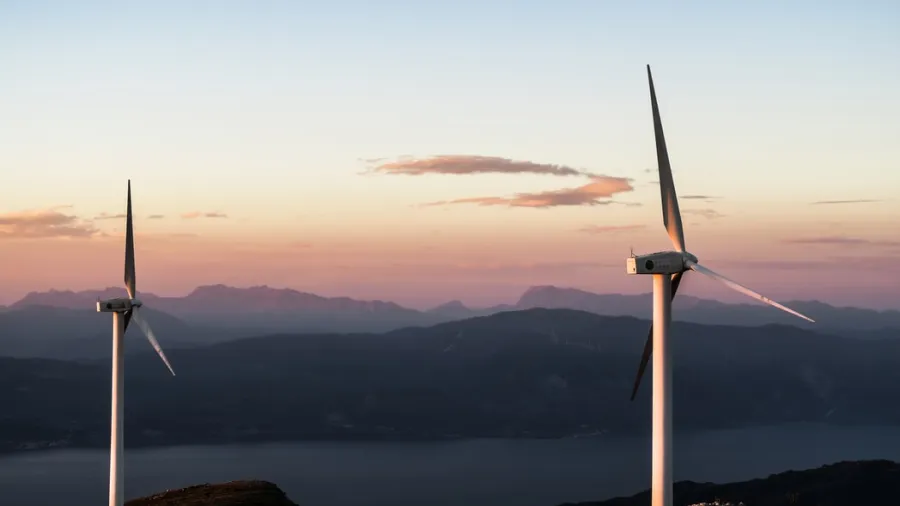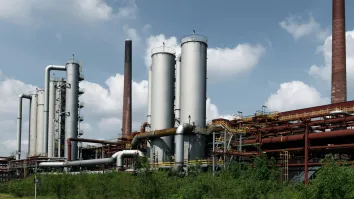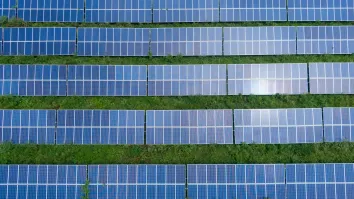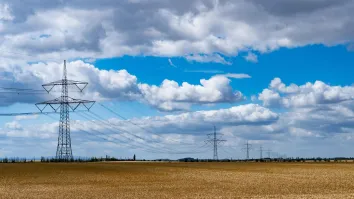
China spearheads global wind power growth: report
The government’s ambitious climate goals supported renewables in the country.
From being the largest consumer of coal, China’s determination to reach its zero net emission pledge by 2060 is driving up wind power growth in the world, according to a report by Fitch Solutions.
Fitch predicts that by 2030, the global installed wind capacity will reach just under 1,500 GW, an increase of 669GW from 2021.
This growth will be led by the Asia and North America and Western Europe regions, with over 669 GW of new wind capacity coming online between 2021 and 2030.
Fitch said that China will remain the largest driver of growth with expected net additions of 332 GW – slightly more than all other global markets combined – with growth supported by the central government’s ambitious climate goals. This represents an annual growth rate of 9%.
However, Fitch said that grid bottlenecks are a persistent problem in the market and suggested that large-scale transmission upgrades from inland provinces will go a long way to elevate this problem.
Additionally, Fitch noted that a significant portion of projects may not see their full generation potential grid connected or utilised due to competition with other sources of power generation, namely the coal sector, which is set to experience a near-term capacity boom.
“We expect wind generation to grow from 583TWh, 7.5% of total generation to 1,280TWh, 12.5% of total generation. However, we highlight upside risks to that owing to the unlocking of the under-utilised generation,” Fitch added.
Meanwhile, the non-hydro renewables sector will benefit from broad support from the Chinese government amidst a backdrop of sustainability and climate policy action.
Last 11 March, China’s National People’s Congress released its 14th Five-Year Plan (14FYP), which laid out its economic roadmap and policy priorities for the upcoming five years (2021-2025).
Despite having little mention about decarbonising its energy sector, Fitch said it remains in line with its existing views and forecast for the power and renewables sector in China. Emission reduction targets will continue to support growth in alternative low-carbon power generation segments whilst consolidating its coal power sector.
“We expect low carbon generation, including wind, to be a key decarbonisation. Improvements to grid infrastructure will also aid decarbonisation efforts by facilitating the integration of more wind generation avoiding grid bottlenecks that have hampered the sector's growth,” Fitch said.



















 Advertise
Advertise







